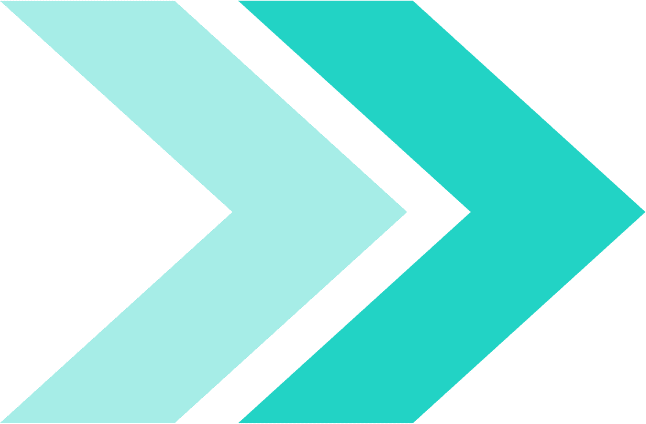Introduction
Over the last decade, the construction landscape in the Baltics has begun to shift. Architects, contractors, and developers in Estonia, Latvia, and Lithuania are actively seeking façade materials that offer long-term durability with lower maintenance and better climate performance. As sustainability and technical specifications become more critical, fiber cement boards are rapidly growing in market share across the region.
In 2025, fiber cement boards are no longer seen as a premium niche material — they are now regarded as a practical, reliable, and cost-effective façade solution for the Baltic climate.
1. Superior Performance in Baltic Weather Conditions
The Baltics experience dramatic seasonal variations, which challenge exterior building materials.
The climate includes:
- long, wet winters
- repeated freezing and thawing cycles
- high humidity
- coastal wind exposure
- strong UV in summer months
Fiber cement boards perform exceptionally well in these conditions due to their mineral-based composition, which allows them to:
- resist moisture penetration
- handle freeze-thaw cycles without cracking
- maintain structural stability
- retain dimensional accuracy
Why it matters in 2025:
Clients increasingly demand façade solutions with fewer seasonal vulnerabilities.
2. Increased Focus on Low Maintenance Materials
Building owners across Estonia, Latvia, and Lithuania are moving away from high-maintenance materials like plaster and timber.
Why?
Because:
- repainting is expensive
- winter damage accumulates
- moisture causes cracks and rot
- surface repairs are frequent
Fiber cement solves this problem by offering:
- minimal repainting requirements
- long-term colour stability
- resistance to peeling
- high surface durability
Outcome:
Lower maintenance = lower life-cycle costs.
This is now a key purchasing driver.
3. Fire Classification Requirements Are Stricter Than Ever
EU regulations relating to façade materials became significantly stricter over the past few years, especially for:
- residential complexes
- multi-storey buildings
- public infrastructure
- renovations of older buildings
Fiber cement boards provide:
- A1 or A2 fire classification
- non-combustible performance
- suitability for regulated sectors
- reduced insurance exposure
This is critical in Baltic cities, especially in:
- Riga
- Vilnius
- Tallinn
where multi-storey residential construction is expanding.
4. Perfectly Matches Baltic & Scandinavian Architectural Trends
Modern Baltic architecture adopts Scandinavian influence:
- clean lines
- minimalist façades
- neutral colour palettes
- nature-inspired textures
Fiber cement boards support this design philosophy through:
- smooth and modern finishes
- wood-look textures without decay
- large-format panels
- ventilated system compatibility
In 2025:
Developers seek aesthetics + durability.
Fiber cement offers both.
5. Growing Adoption of Ventilated Façade Systems
Ventilated façade systems are becoming the regional standard.
Why ventilated façades are preferred:
- prevent moisture accumulation
- increase energy efficiency
- regulate interior humidity
- prolong façade lifespan
Fiber cement boards are considered ideal for ventilated façades, especially in cold climates where condensation is a major structural risk.
6. A Stronger Alternative to Common Local Materials
Historically, Baltic façades often relied on:
- plaster
- wood
- EIFS systems
Each has significant weaknesses.
Plaster:
- cracks quickly in winter
Wood:
- attracts moisture & rot
EIFS:
- loses rigidity over time
Fiber cement directly addresses these weaknesses, offering 30+ year lifespan potential when installed properly.
7. Excellent Value Relative to Cost
Fiber cement is competitively positioned cost-wise.
It is:
- more affordable than HPL
- far cheaper than stone
- significantly more durable than plaster
- lower maintenance than timber
Meaning:
Baltic buyers get high performance without premium price levels.
8. Supported by Increasing Market Education
In the past, many Baltic contractors lacked awareness of fiber cement.
Now, in 2025:
- builders are trained
- installers are experienced
- distributors promote it
- specifications now include it
Architectural firms especially have driven adoption.
Conclusion
Fiber cement boards are becoming a preferred façade material in the Baltics due to their durability, low maintenance requirements, climate resilience, and compatibility with modern architectural styles.
With stricter fire regulations and a growing demand for higher-performance materials, fiber cement is positioned to become one of the dominant cladding choices across Estonia, Latvia, and Lithuania in 2025 and beyond.
For Baltic developers seeking long-term value and reliability, fiber cement boards provide a practical and future-proof solution.
👉 Visit the Smartfiber Fiber Cement Board page to explore specs, sizes, and delivery options.
Authored by Smartcon Int’l. Trade & Marketing Ltd. on 24.11.2025. All rights reserved.

